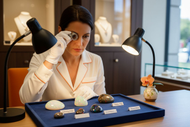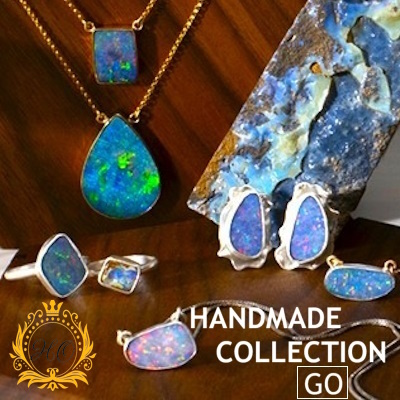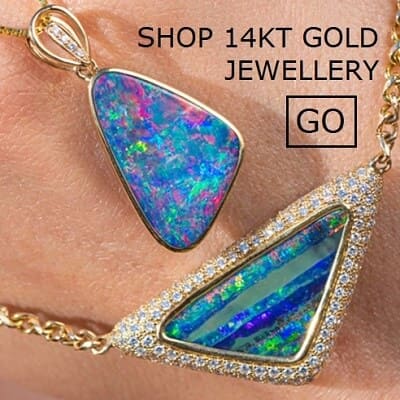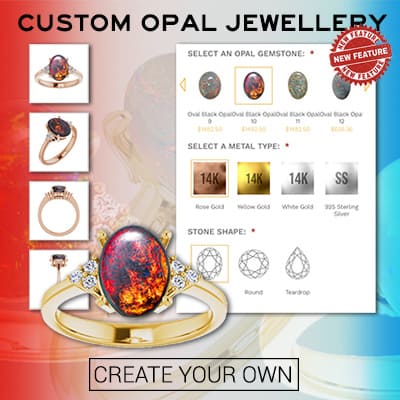Complete Guide to Choosing Australian Opals
Posted by AOD on 14th Oct 2025
Complete Guide to Choosing Australian Opals
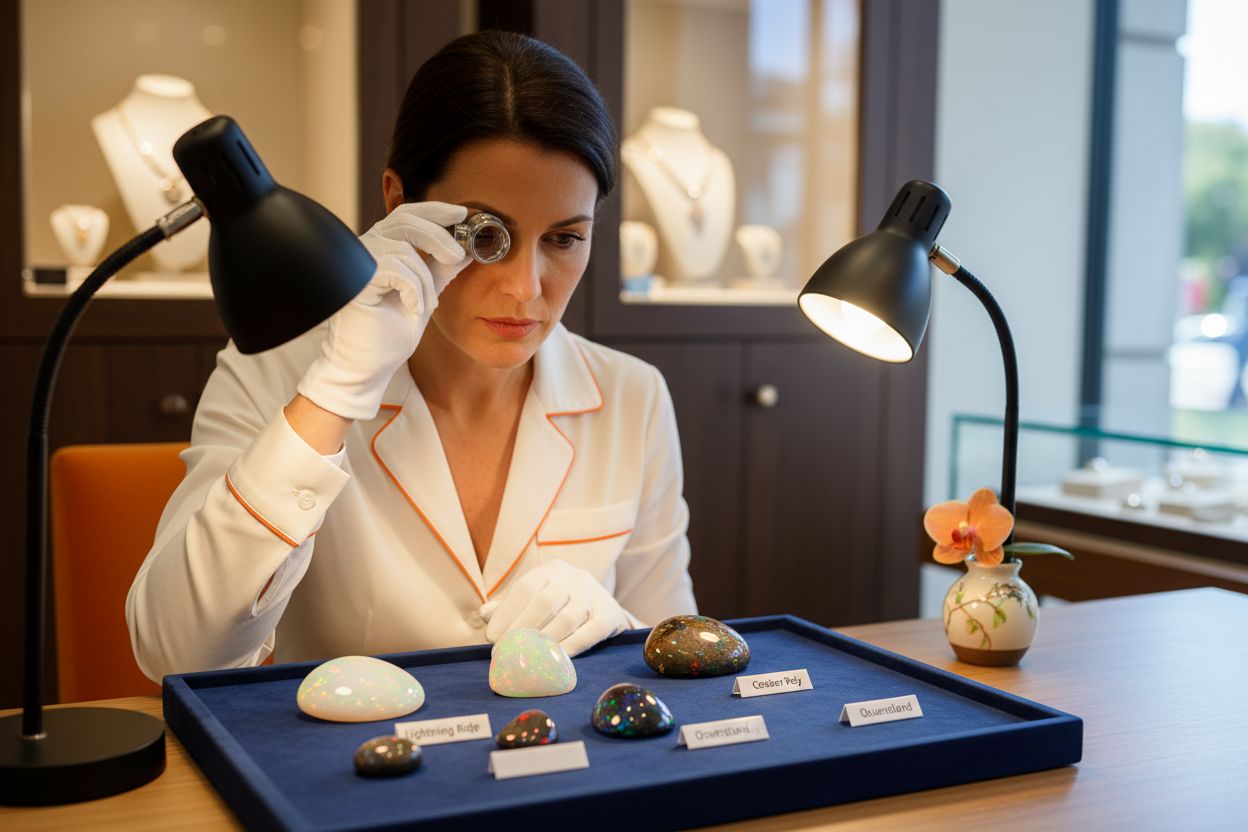
Did you know that Australia produces up to 97 percent of the world’s precious opals? These luminous gems are more than just eye-catching stones—they are natural wonders shaped over millions of years beneath rugged Australian soil. With each region producing opals of distinctive character and vibrant color, understanding their origins reveals a fascinating blend of science and beauty, offering collectors and jewelry enthusiasts insights into value, authenticity, and the stories hidden within every gem.
Key Takeaways
| Point | Details |
|---|---|
| Global Standard | Australian opals account for 95–97% of the world’s precious opal supply, with South Australia being the dominant production region. |
| Geological Diversity | Each opal region in Australia contributes unique characteristics, making the gemstones a testament to the continent’s complex geological history. |
| Ethical Sourcing | Australian opals are committed to authenticity and environmental responsibility, with clear classifications to differentiate natural and treated stones. |
| Investment Potential | Australian opals offer superior durability and value retention, making them a wise investment for collectors and enthusiasts alike. |
Table of Contents
- Defining Australian Opals And Their Origins
- Distinguishing Types And Regional Varieties
- Unique Beauty And Characteristics Explained
- Ethical Sourcing And Authenticity Standards
- Comparing Australian Opals Versus Global Alternatives
- Investment Value, Pricing, And Buyer Tips
Defining Australian Opals and Their Origins
Australian opals are not just gemstones. They’re geological marvels with a story etched into every luminescent surface. Precious opals represent a stunning natural phenomenon that has captured the imagination of collectors worldwide, particularly those from the rugged Australian landscape.
According to Wikipedia, Australian opals are the global standard, accounting for an astounding 95–97% of the world’s precious opal supply. South Australia alone is responsible for around 80% of global production, making it the undisputed epicenter of opal mining and distribution. The unique geological conditions in Australia have created a perfect environment for opal formation.
The primary Australian opal regions each contribute distinctive characteristics to these mesmerizing gemstones:
Here’s a comparison of key Australian opal regions and their gemstones:
| Region | Opal Type(s) | Distinctive Features |
|---|---|---|
| Coober Pedy | White Opal Crystal Opal |
Pristine translucency Exceptional clarity |
| Lightning Ridge | Black Opal | Deep body tone Highly prized and rare |
| Queensland Fields | Boulder Opal | Ironstone backing Striking matrix patterns |
| Andamooka | Matrix Opal | Complex patterns Unique matrix-treated stones |
| White Cliffs | Light Opal | Distinctive pale hues |
- Coober Pedy: Known for white and crystal opals with exceptional clarity
- Lightning Ridge: Famous for rare and valuable black opals
- Andamooka: Produces matrix and matrix-treated opals with unique patterns
- Queensland Fields (Winton, Quilpie, Koroit): Renowned for boulder opals with striking natural ironstone backing
These regions aren’t just locations. They’re treasure troves where geological magic transforms ordinary stone into extraordinary gems that shimmer with inner fire. Each opal tells a narrative of millions of years of underground transformation, making them far more than simple decorative stones.
Distinguishing Types and Regional Varieties
Australian opals are a kaleidoscope of geological diversity, with each region contributing its own spectacular signature to these mesmerizing gemstones. Regional varieties aren’t just geographical distinctions they’re a testament to the incredible geological complexity of the Australian continent.
According to Opals Gemstones, the primary Australian opal regions showcase remarkable diversity:
- Coober Pedy: Renowned for pristine white and crystal opals with exceptional translucency
- Lightning Ridge: Produces rare and highly prized black opals with deep, intense body tones
- Queensland: Famous for boulder opals embedded in striking ironstone matrix
- Andamooka: Creates unique matrix opals with complex, intricate patterns
- White Cliffs: Known for distinctive light opal varieties
The spectrum of Australian opals extends beyond regional varieties. The classifications include white/light opals, black opals, crystal opals, boulder opals, matrix opals, and the extremely rare fire opals. Each type possesses distinct characteristics that make it unique, from transparency and body tone to color play and underlying geological formation.
These variations aren’t just visual differences they represent millions of years of geological processes, with each opal serving as a miniature time capsule of Australia’s complex mineralogical history.
Whether you’re a collector, jeweler, or simply an admirer, understanding these regional nuances transforms these stones from mere decorative objects into geological storytellers.
Unique Beauty and Characteristics Explained
Australian opals are nature’s most spectacular light show, transforming geological wonder into wearable art. Play-of-colour isn’t just a visual effect it’s the magical dance of light that makes each opal a living, breathing gem with its own personality.
According to Everts Opal, these gemstones exhibit breathtaking spectral displays through distinctive patterns that collectors and jewelers treasure:
- Harlequin Pattern: Large, mosaic-like colour blocks
- Pinfire Pattern: Tiny, scattered colour points
- Ribbon Pattern: Flowing, linear colour distributions
Each opal type brings unique visual characteristics. Black opals showcase dramatic spectral colours against a dark background, creating intense visual contrast. Boulder opals feature natural ironstone backing that provides stunning natural framing, while crystal opals allow light transmission that creates extraordinary depth and luminosity.
The real magic lies in understanding that no two opals are identical. Their formation involves complex geological processes spanning millions of years, resulting in gems that are essentially natural artworks. From affordable doublets and triplets to rare, solid precious opals, each stone tells a story of geological transformation, light interaction, and natural beauty that transcends traditional gemstone expectations.
Ethical Sourcing and Authenticity Standards
In the world of precious gemstones, authenticity is more than a buzzword it’s a commitment to transparency, environmental responsibility, and geological integrity. Australian opals stand at the forefront of ethical sourcing, with rigorous standards that protect both the consumer and the natural landscape.
According to the Opal Association understanding opal classification is crucial for ethical purchasing. They define three primary natural opal types:
- Type 1: Solid, natural opals with no treatments
- Type 2: Natural opals with minor surface treatments
- Type 3: Composite or synthetic opals
The distinction matters. These classifications help buyers differentiate between:
- Genuine earth-mined opals
- Treated or enhanced stones
- Synthetic imitations
- Composite stones created from multiple materials
As Opals Gemstones highlights, geological provenance plays a critical role in verifying an opal’s authenticity. Each mining region leaves unique geological signatures that expert gemologists can trace, ensuring that the stone’s origin can be precisely documented.

Ethical sourcing goes beyond paperwork. It’s about understanding the geological journey, respecting the environment where these extraordinary gems form, and ensuring fair practices throughout the mining and trading process. When you choose an Australian opal, you’re not just buying a gemstone you’re investing in a piece of geological history with a transparent, responsible heritage.
Comparing Australian Opals Versus Global Alternatives
When it comes to precious opals, Australian stones aren’t just another gemstone they’re the global gold standard. Opal quality transcends mere appearance, encompassing durability, stability, and geological authenticity that sets them apart from international counterparts.
The fundamental differences between Australian and global opals become strikingly apparent in their physical characteristics:
- Porosity: Australian opals are non-porous and incredibly stable
- Water Sensitivity: Unlike Ethiopian opals, Australian opals don’t absorb moisture
- Durability: Resistant to chemical and environmental changes
The practical implications of these differences are significant. Ethiopian opals, while more affordable, require extraordinarily delicate handling:
- They’re hydrophane (water-absorbing)
- Prone to color and structural changes
- Vulnerable to chemical interactions
- Less suitable for everyday jewelry
Australian opals, by contrast, offer superior wearability. Their non-porous nature means they maintain consistent appearance and structural integrity, making them ideal for everything from daily wear to heirloom pieces. While Ethiopian opals might tempt budget-conscious buyers, the long-term value and reliability of Australian opals make them a more intelligent investment for serious collectors and jewelry enthusiasts.
![]()
Investment Value, Pricing, and Buyer Tips
Investing in Australian opals isn’t just a purchase it’s a strategic decision that combines geological appreciation with financial wisdom. Opal valuation goes far beyond surface beauty, encompassing intricate factors that determine both aesthetic and monetary worth.
According to Opal Gallery, price points vary dramatically based on several critical factors:
- Origin Matters: Lightning Ridge black opals command premium prices
- Color Intensity: Vibrant, saturated colors increase value exponentially
- Clarity and Transparency: Less inclusions mean higher investment potential
- Size and Cutting Quality: Larger, expertly cut stones fetch significantly higher prices
As Opals Gemstones explains, understanding regional differences is crucial for smart purchasing:
- Research the specific mining field of origin
- Examine the stone’s geological characteristics
- Verify authenticity through professional certification
- Consider long-term appreciation potential
Savvy buyers recognize that Australian opals aren’t merely decorative items they’re tangible assets with remarkable preservation of value. The most exceptional stones from regions like Lightning Ridge can appreciate significantly, transforming from beautiful jewelry to genuine investment pieces that tell a remarkable geological story.
Discover Genuine Australian Opals and Transform Knowledge Into Treasure
If you have ever struggled to tell the difference between true Australian opals and imitations, or felt unsure about ethical sourcing and authenticity, you are not alone. The world of precious gems can seem overwhelming. Australian opals bring together investment value, storytelling, and geological brilliance. But finding the right source means trusting in mineral heritage, ethical mining, and the unmatched character of earth-mined stones—concepts explored throughout the Complete Guide to Choosing Australian Opals.
At Australian Opal Direct, we answer these challenges with direct-miner relationships, transparency, and a curated collection of Lightning Ridge, Coober Pedy, and Queensland treasures. Enjoy unique product storytelling, documented heritage, and the security of certified, ethically sourced gems—delivered straight to your door. Experience craftsmanship, rare regional varieties, and collectable value in each piece.
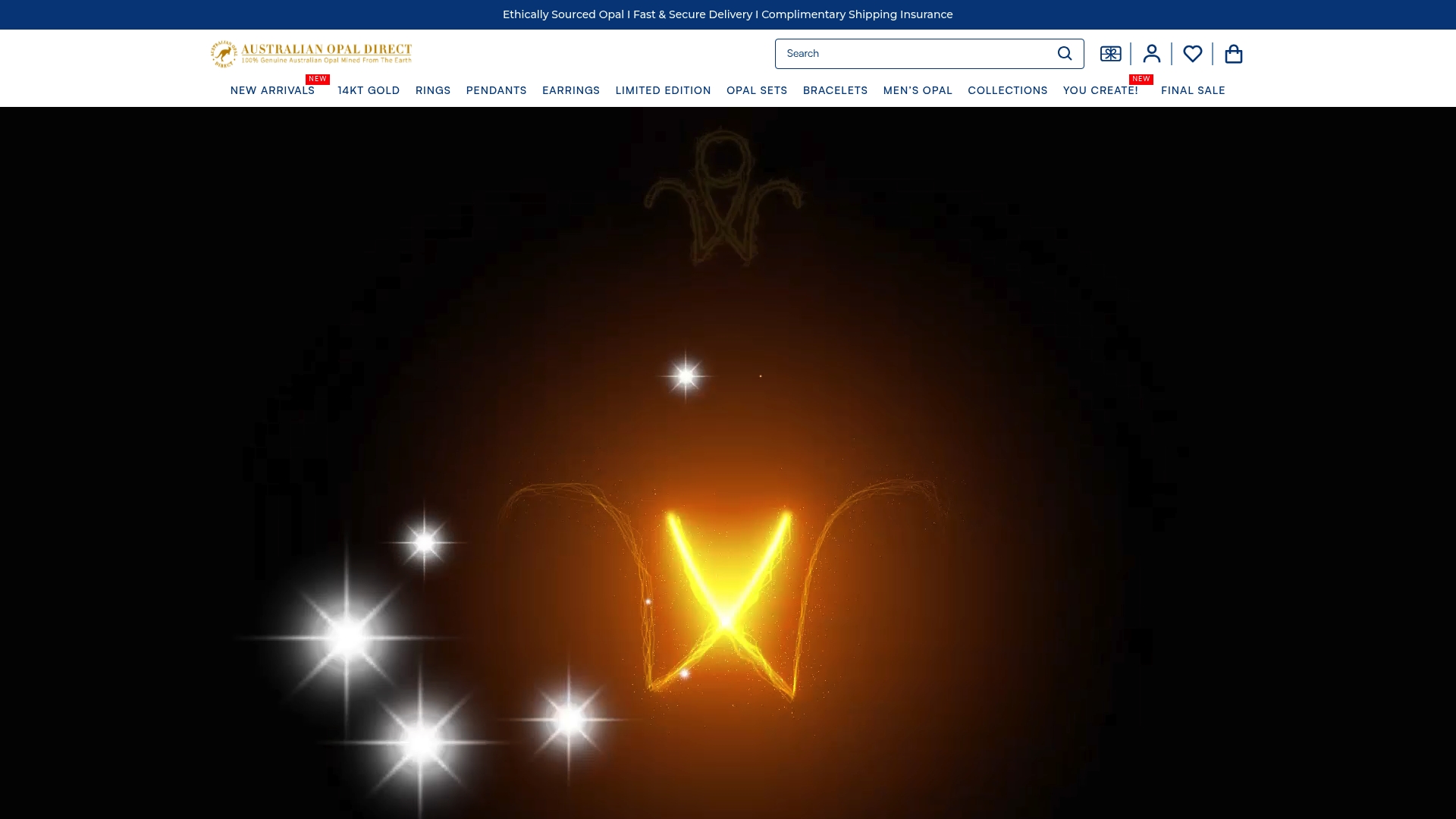
Ready to own a piece of Australia’s geological legacy? Explore the latest collections, custom jewelry options, and limited edition finds at Australian Opal Direct. Shop confidently with free shipping, insurance, and a 90-day warranty. Now is the moment to secure your authentic opal—before the most desired stones are gone.
Frequently Asked Questions
What are the different types of Australian opals?
Australian opals come in various types, including white/light opals, black opals, crystal opals, boulder opals, matrix opals, and fire opals. Each type has unique characteristics related to color play, transparency, and geological formation.
How can I tell if an opal is authentic?
To verify the authenticity of an opal, check its classification based on treatments. Solid natural opals (Type 1) have no treatments, while minor surface treated stones are classified as Type 2, and composites or synthetics fall under Type 3. Consulting with a professional gemologist can help confirm authenticity.
What factors affect the value of Australian opals?
The value of Australian opals is influenced by multiple factors, including the origin of the stone, color intensity, clarity, transparency, size, and cutting quality. Stones from renowned origins and those with vibrant colors and fewer inclusions are typically more valuable.
How do Australian opals compare to other opal types?
Australian opals are known for their durability and stability, being non-porous and resistant to moisture absorption. In contrast, other opal types, such as Ethiopian opals, are hydrophane and more prone to color and structural changes, making Australian opals better suited for everyday jewelry.
